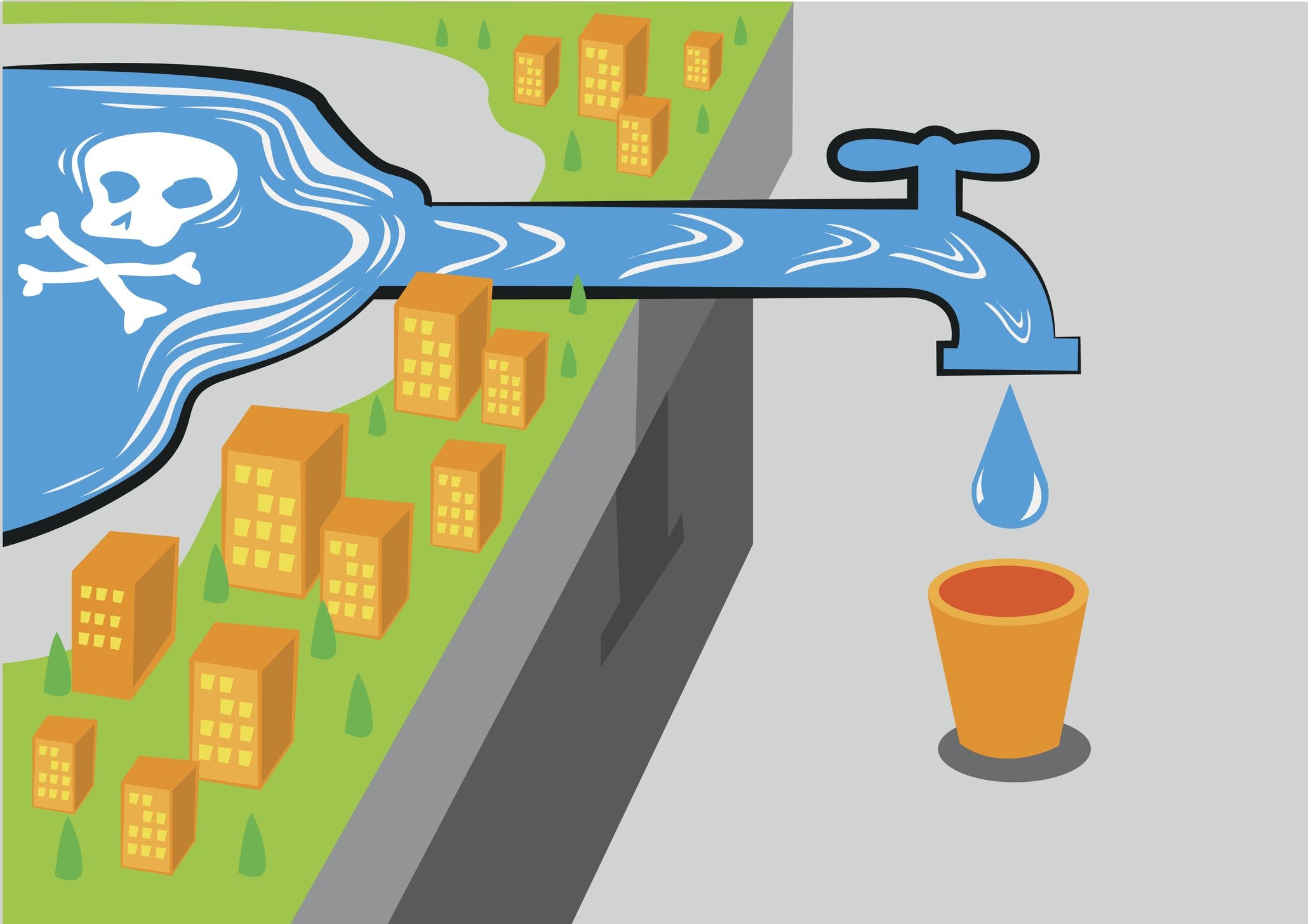
More and more people are becoming aware of the fact that their drinking water may not be as pure as they would like. In general, contaminants in drinking water can be either organic or inorganic. This article details some facts about inorganic compounds that can be found in water.
The US Environmental Protection Agency is responsible for establishing maximum contaminant levels for drinking water. These standards are expressed as MCL (Maximum Contaminant Level). In most cases, this measurement is expressed as milligrams per liter of water (mg/l) or as parts per million (ppm).
In general terms, inorganic compounds are those materials that do not contain carbon. These compounds are often able to be dissolved in water. For example, dissolved gases such as nitrogen, oxygen, radon, and methane can be classified as inorganic compounds.
In addition to dissolved gases, some metals may be present in water as well. Some of these metals can be hazardous to human health and may be introduced into water either naturally or through man-made activities.
Some of the more common metals include arsenic and aluminum which the EPA has established an MCL of no more than .05. Lead with an MCL of .015. Mercury MCL of .002. Also, zinc, calcium, sodium, magnesium, potassium, and copper, all with a 1.3 MCL.
Lead, mercury, and arsenic can be dangerous to human health even at low concentrations, and as mentioned above can be introduced to our water from a variety of sources, including old pipes and lead solder. Conversely, some of the other inorganic compounds such as sodium, potassium, calcium, and magnesium are important to our overall health and well being.
Another class of inorganic compounds is known as negative ions. These include substances such as fluoride: MCL 4.0 PPM (parts per million). Chloride and nitrate: MCL 10.0 ppm. Nitrite MCL 1.0. Sulfate, phosphate, carbonate, and cyanide: MCL 0.2
You will notice that in this class of negative ions is the substance fluoride. Fluoride can appear naturally in water but very low amounts. Many water treatment systems add fluoride to their treated water to bring its level up to an amount that can be beneficial for healthy teeth. Some individuals, however, prefer to not have fluoride in their drinking water, especially if they use toothpaste that contains fluoride. It is possible to get too much fluoride into the human body, and this can lead to dental decay.
The good news is many of these compounds can be treated with water filters. A good all-purpose point of use water filter can help you decrease your exposure to many water contaminants and help protect your family from any potential health issues associated with water contaminants. The best way to get the best results is to contact an experienced water filter company and discuss your particular needs with an expert.


Share:
Drinking Water Contaminants: Giardia
Drinking Water from Private Wells and Nitrate